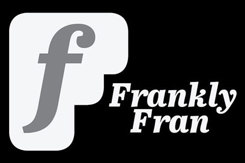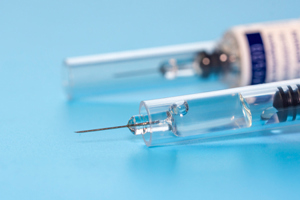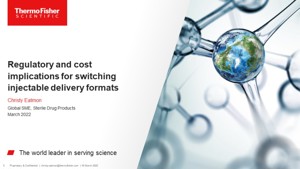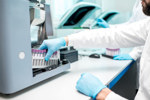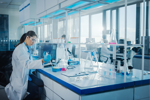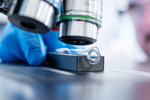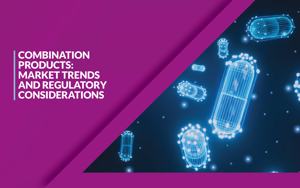The U.S. is experiencing a shift in the regulatory environment for animal testing, driven by the evolving use of AI. This impacts the formulation development approach for new drugs in the non-clinical phase.
- From Matrix To Medicine: New Frontiers In Treating Pulmonary Fibrosis And PH
- Formulation Development Of A JAK1 Inhibitor Extended-Release Tablet
- Advanced Process Risk Assessment And Control Strategy Development In Solid Oral Dosage Forms
- 3 Lesser Known Keys To Effective Biopharma Supplier Engagement
- Connected Drug Delivery Devices: Emerging Market Trends
- Tips From A Biomedical Engineer For Medical Device Innovation And Compliance
- Formulation Is Key For Y-mAbs' Self-Assembling Antibody
- The Future Of Biologics Delivery: High-Concentration Subcutaneous Injectables
ARTICLES, APP NOTES, CASE STUDIES, & WHITE PAPERS
-
Prioritize Your Finished Goods Experience To Safely Deliver Medicine
As demand forecasts evolve, opt to work with a CDMO that can pivot manufacturing strategies seamlessly while accommodating your end-to-end needs, from drug substance to finished goods.
-
The Formulation Development Journey
Successful formulation journeys start with a roadmap where scientific studies and decision points create a route for understanding a molecule’s personality and its viability to help it along the way to the patients.
-
Selecting Container Closure Components: A Data-Driven Approach To CCI
Discover an efficient, data-driven process that employs innovative methods to accelerate the selection of a closure containment system that meets the requirements of the modern regulatory landscape.
-
How Nanoparticle Platforms Are Unlocking Genetic Medicine's Potential
Explore how the HIT SCAN platform accelerates gene therapy delivery by screening polymeric nanoparticles, enhancing precision and regulatory pathways for next-generation genetic medicines.
-
Contract Design And Development Vs. In-House: How To Find The Best Fit
Explore the rationale behind opting for a contract development organization (CDO) to fulfill organizational requirements and underscore vital considerations for evaluating CDOs to ensure alignment with your project objectives.
-
Small Is Powerful And Sustained
Advances in sustained-release drug delivery could improve efficiency and consistency in drug release, manifesting real-life advantages for patients in the form of enhanced accessibility and compliance.
-
Liposomes – Challenges And Opportunities
Liposome technology is an effective drug delivery tool but still presents difficulties. Learn how developers are meeting these challenges and the opportunities for advancement to maximize liposome usefulness.
-
Integrating Early-Phase Clinical Supply Manufacturing & Distribution
A tablet formulation was a solution when developing a new class of anti-infective medicine, allowing the integration of formulation development, clinical trial material (CTM) manufacturing, and supply and distribution to patients.
-
Overcoming A Failed Design Verification Test For Your Delivery Device
If a drug delivery device fails a design verification test, the consequences can be lost revenue for the pharma company and delays for patients. Explore how to eliminate design verification failure.
-
Why 'Off-The-Shelf' Devices Do Not Circumvent Design Controls
Utilizing off-the-shelf (OTS) devices for drug delivery can offer significant advantages to development programs in timeline and risk mitigation. Understand the design control responsibilities of a sponsor when using OTS devices.

Tom hosts multiple videocast series providing expert takes and insider perspectives on drug delivery:
FRANKLY FRAN
-
In this article, Fran DeGrazio explains why innovation in drug delivery technologies may not need to be revolutionary, but will no doubt need patient adoption, payor support, and regulatory follow-on to become sticky in the marketplace.


